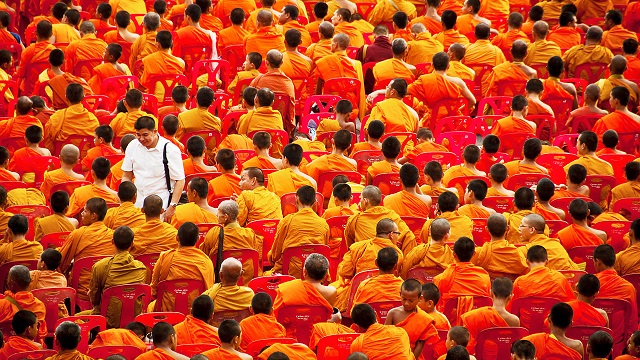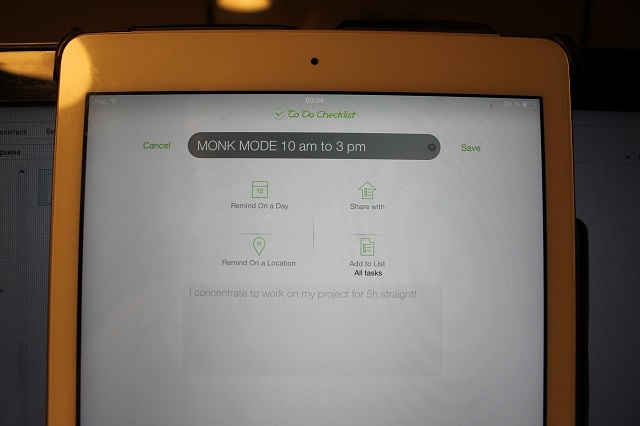Monk Mode Productivity With To Do Checklist App
Reading Time: 3 minutesWhen it comes to insane daily productivity, there is one secret technique that may look simple to be absolutely true, yet it will blow your mind. The world’s greatest people had their personal zoning out moments to regain their energy and connect to new revolutionary ideas. Marie Curie used to experiment deep into Parisian nights, Henry Thoreau liked to camp in Massachusetts forest, and Friedrich Nietzsche went hiking around Alpine lakes.
“What a man can be, he must be.
This need we call self-actualization.”
Abraham Maslow
What is the Monk Mode?
Agreeably, we can say that that these people didn’t live in our hyper-busy time, yet we have to contemplate the fact that we are blessed in living in the present times, which are exciting and fun. Nevertheless, if you need to have the superior productivity and creativity results, trying the Monk Mode will absolutely help. Are you ready to schedule some time for complete solitude with To Do Checklist app? It is easy to let know your co-workers or loved ones that you work hard on a project that requires the maximum of your attention. Schedule some “monk mode” time with To Do Checklist and send shared tasks via email or Facebook contacts letting everyone know what you are up to.
Empowering Productivity through Seeking Solitude
The Monk Mode is a temporary withdrawal or solitude, it is a state that a person seeks to have the experience of being secluded and separated from the others and outside world. Originally, the practice of solitude derives from many religions, yet, it is mostly known to be offered as a major Buddhism practice tool.
A Monk Mode is referred to a state of complete focus on work project in present culture.
By definition, there two kinds of solitude: the forced and the chosen ones. Psychologists say that forced solitude may result in extreme feelings of loneliness, fear and anxiety. But when solitude is used at the right time, it plays an important role in spiritual development. The solitude practice is oftentimes regarded by monks as a means of spiritual enlightenment.
– After his baptism, Jesus spent 40 days and nights alone in the desert.
– The young Muhammad had a meditating habit alone for several weeks in a cave every year.
– Buddha spend extended periods of time alone in the forests.
Why Practice the Monk Mode to increase Your Productivity?
Brought to the audience’s attention by business writer, Greg McKeown, the Monk Mode has gained its popularity fast over the web through a single post. The writer had his first major writing project, a solo book to publish, yet he found himself feeling anxious and discomforted until he decided to follow a monk mode. Seeing his project as too complicated, Greg understood that he needs some time off. The writer used the monk mode as “means of shutting out the world for some time”. He set a goal to work from 5 a.m. to 1 p.m. every day for 9 months. As a result, the book was successfully written and published as Greg confessed to find a space in his mind for creative freedom.
Do you need to schedule the monk mode to work on your current project?
- Download To Do Checklist App
- Create a new task – complete Monk Mode to concentrate on your project
- Set up an alarm (for specific time)
- Evaluate the results of your work
To Conclude
Popular business coach, David Allen, always refers to having a clear space in mind that will sparkle the essence of true creativity. The list of the greatest people, who used the monk mode, could go on and on, but we would like to finish the blog post with two powerful quotes from Dalai Lama:
– “This is my simple religion. There is no need for temples; no need for complicated philosophy. Our own brain, our own heart is our temple; the philosophy is kindness.”
– “I seek solitude like a wild animal. That is my only ambition.”


